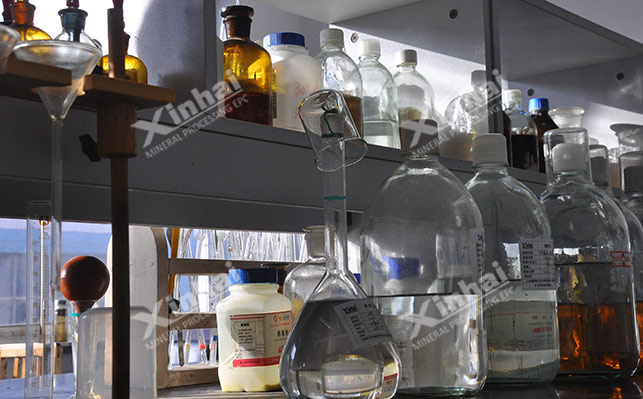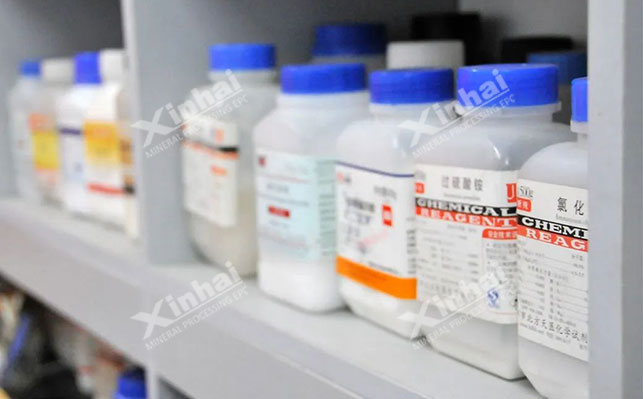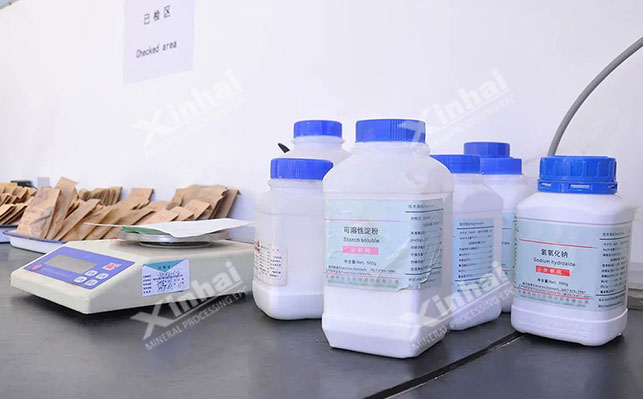
15311826613
Click to add WeChatFlotation is one of the commonly used process methods in tungsten ore dressing plants. It can achieve a relatively ideal recovery rate for both scheelite and fine-grained wolframite. In the flotation process, the flotation reagents used for tungsten ore are also very important. The reagents are important materials to ensure the flotation reaction of minerals. Collectors are widely used. Below we mainly introduce tungsten flotation collectors. At present, the commonly used tungsten flotation collectors are anionic collectors, cationic collectors and amphoteric collectors.

The anion collectors used in tungsten ore flotation include fatty acids, sulfonic acids and chelate collectors. Among them, fatty acid collectors are widely used; sulfonic acid collectors are mostly used in conjunction with fatty acids to improve the collection capacity; chelate collectors have been widely used in recent years, mainly hydroxamic acid.
For example: Benzohydroxamic acid is used as a collector in the flotation of a certain wolframite ore. It can form a five-membered ring chelate with Mn2+ on the surface of wolframite, effectively collecting useful metal ores.
Among cationic collectors, phosphoric acid and chelate collectors have better collection performance for scheelite flotation and have higher selectivity than fatty acids; while arsenic acid and phosphoric acid collectors have good selectivity, but they are highly toxic and cause great environmental pollution.

The cationic collectors used in tungsten flotation mainly refer to amine collectors. Compared with other gangue minerals, the surface potential of scheelite is more negative, which provides a theoretical basis for the capture of scheelite by cationic surfactants. Dodecylamine or butanediamine is often used as collectors for scheelite particles, which can successfully discard calcite in the mineral.

The amphoteric collectors used for tungsten flotation are mainly amino acids. Compared with other collectors, amino acids are more adaptable to the pH value of the slurry. However, in a low pH environment, the active group of this agent is -NH3+, which mainly relies on electrostatic force to interact with the mineral surface. Other adjusters need to be used in combination to make the mineral surface meet the selective collection conditions.
The above are the types of collectors commonly used in tungsten fine mud flotation. In actual ore dressing plants, how to choose tungsten fine mud flotation collectors and how much to use depends on the tungsten ore properties and processing volume. Therefore, it is recommended to conduct ore dressing test analysis first, and customize the appropriate tungsten fine mud flotation process and the appropriate collector type and dosage through analysis to obtain the ideal tungsten recovery rate.